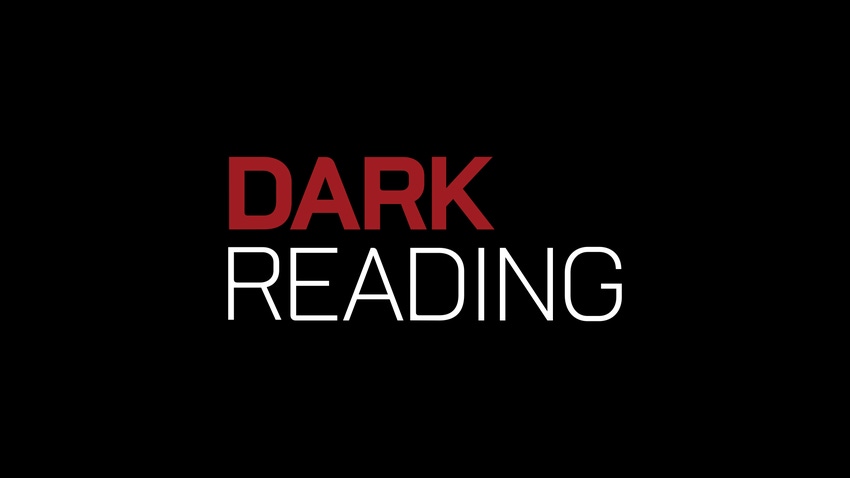Data Protection: It Doesn't Get Any Better Than This
Corporate America's efforts at data protection--in particular, protecting sensitive personal information about customers--have in many cases failed miserably. There's a <a href=" http://www.privacyrights.org/ar/ChronDataBreaches.htm">long and dubious list</a> of data breaches, losses, thefts, and mishandlings from the past 20 months, with the total number of records containing sensitive personal information involved in security breaches now topping 93 million. Time and again, we've taken to task

Corporate America's efforts at data protection--in particular, protecting sensitive personal information about customers--have in many cases failed miserably. There's a long and dubious list of data breaches, losses, thefts, and mishandlings from the past 20 months, with the total number of records containing sensitive personal information involved in security breaches now topping 93 million. Time and again, we've taken to task those companies that have failed in their duty to lock down an asset that's critical to them, and even more critical to their customers.It's a pleasure, therefore, to highlight as part of this week's InformationWeek 500 a company that's doing all the right things to preserve and protect customer data. Cigna, the provider of employee health benefits services, is just the kind of company that should be vulnerable to data breaches, given the vast amounts of data on customers' employees it manages. Couple that with the fact that customers increasingly demand such data be available over the Web, and the security challenges facing Cigna--and others in its business--are enormous.
Here's a synopsis of key steps Cigna has taken that have helped keep if off the list of customer data offenders:
Use of secure File Transfer Protocol when exchanging large files with business partners.
Secure e-mail and encryption on desktops and laptops. With its e-mail encryption, messages that senders designate as "secure" are sent through encrypted tunnels to a third-party system, and recipients must log on to that system to retrieve a message.
Use of the WinZip Windows compression tool for CD encryption, plus the encryption of data sent to removable devices. Keys to decrypt data are stored on PCs and laptops into which USB devices plug.
An organizational model that places a premium on information protection and internal communication about data protection. Senior-level business managers agree to use their status in the company to bring security matters to the attention of top corporate executives. Cigna's approach shouldn't be surprising, given that it has had a chief information security officer since 1999, long before that concept was in vogue.
A multilayered encryption approach alone would have saved many companies the pain of losing customer data. And while Cigna has proactively organized itself to maximize employees' awareness about data protection, offenders have often kept their heads in the sand, dragging their feet when it comes to disclosing breaches and offering pitiful explanations for why the breaches occurred.
Cigna has set the bar high when it comes to protecting the vital data assets of its customers. Can your company live up to the Cigna standard?
Read more about:
2006About the Author(s)
You May Also Like
Key Findings from the State of AppSec Report 2024
May 7, 2024Is AI Identifying Threats to Your Network?
May 14, 2024Where and Why Threat Intelligence Makes Sense for Your Enterprise Security Strategy
May 15, 2024Safeguarding Political Campaigns: Defending Against Mass Phishing Attacks
May 16, 2024Why Effective Asset Management is Critical to Enterprise Cybersecurity
May 21, 2024
Black Hat USA - August 3-8 - Learn More
August 3, 2024Cybersecurity's Hottest New Technologies: What You Need To Know
March 21, 2024


